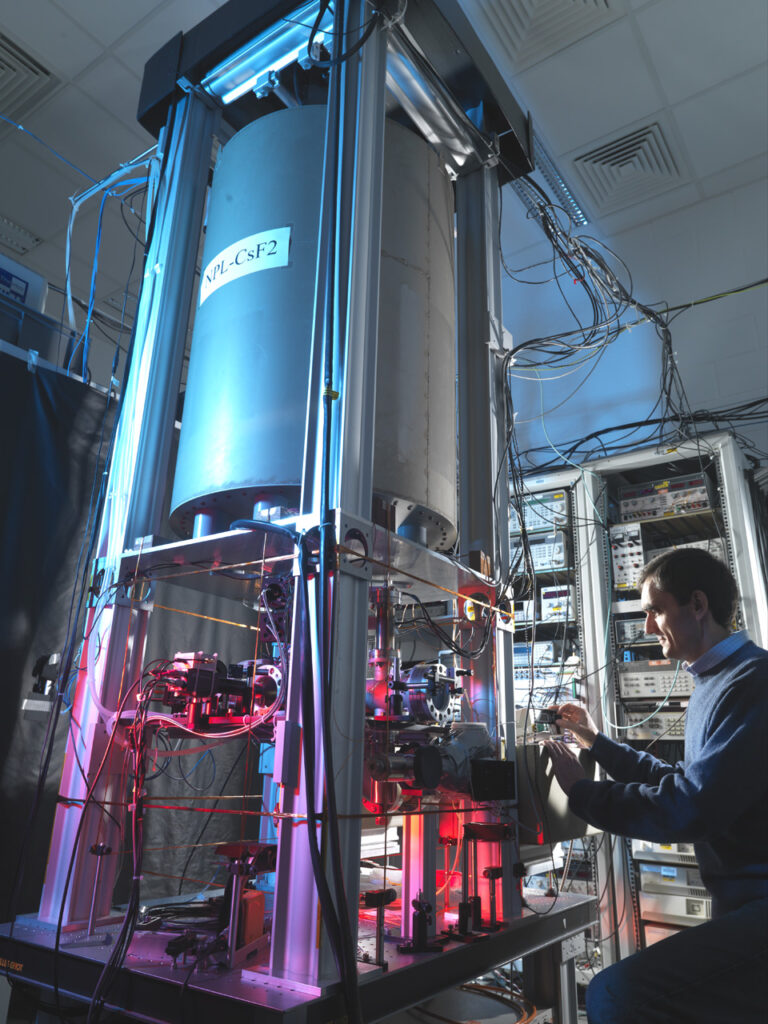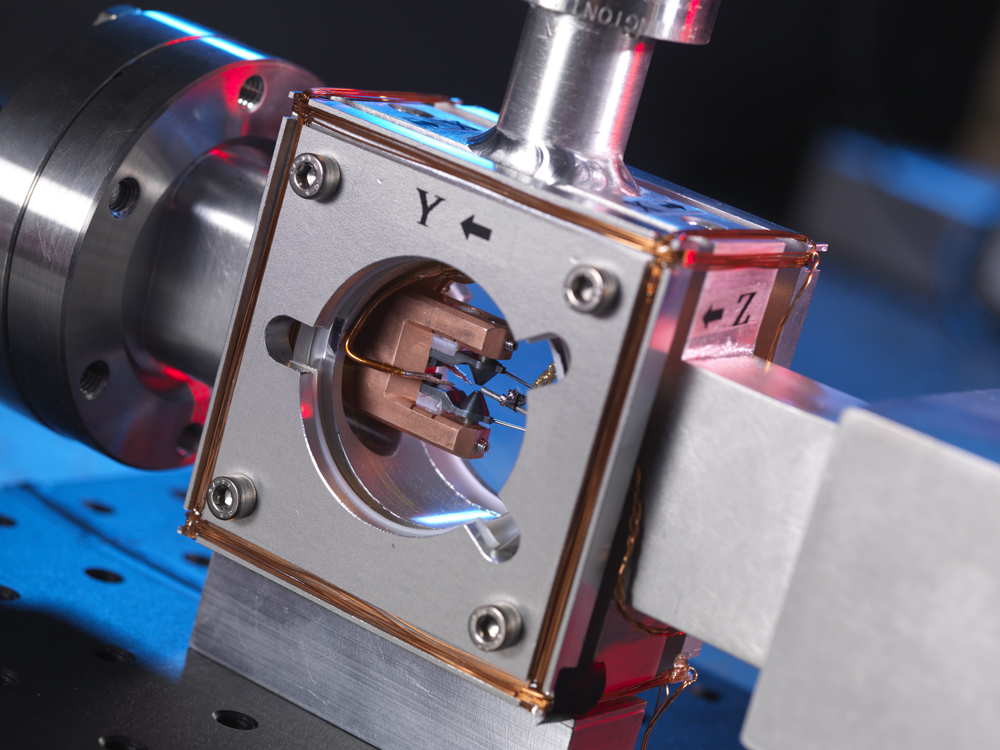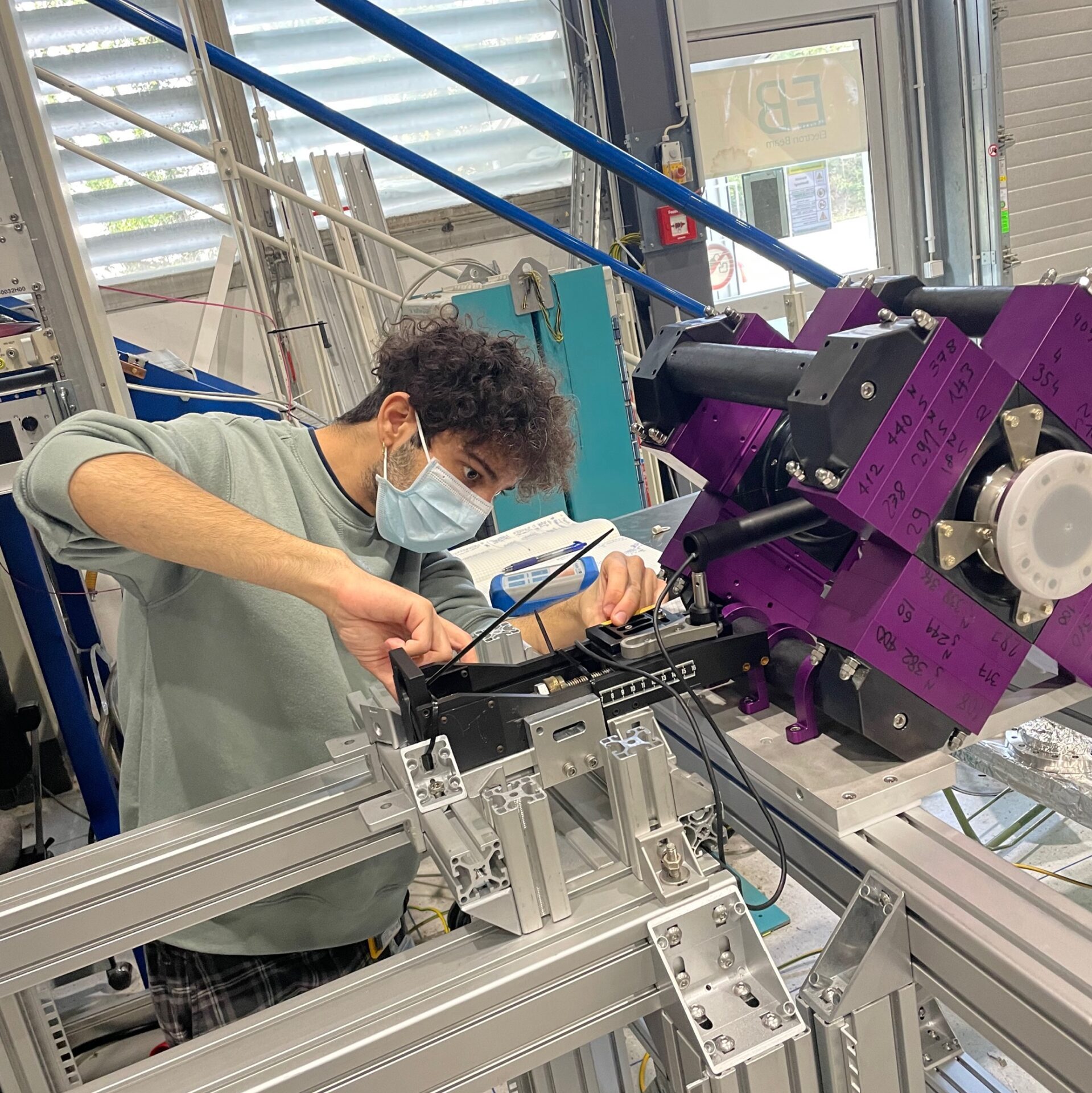Atomic Clocks
The National Physical Laboratory (NPL) has a strong history of atomic clocks and timekeeping. The definition of the SI second is based on an atomic transition frequency in caesium (133Cs), so NPL operates caesium fountain clocks to underpin the UK’s national time scale.

NPL also has an active programme of research in next-generation frequency standards, based on optical transitions in strontium (87Sr) and ytterbium ion (171Yb+). These so-called optical clocks are capable of producing frequency outputs with up to two orders of magnitude better stability and accuracy than caesium clocks.

In QSNET, we will make improved measurements of the frequency ratios between Cs, Sr and Yb+ clocks. This will enable us to search for time-variations of two fundamental constants (the fine structure constant and the proton-to-electron mass ratio) owing to the different sensitivities of the three clock frequencies to changes in these constants.

In the longer term, we plan to build a network of optical fibre links between NPL and the QSNET partners. This will enable new frequency ratios to be measured against clocks based on highly charged ions and molecules, for increasingly sensitive searches for variations of the constants.
